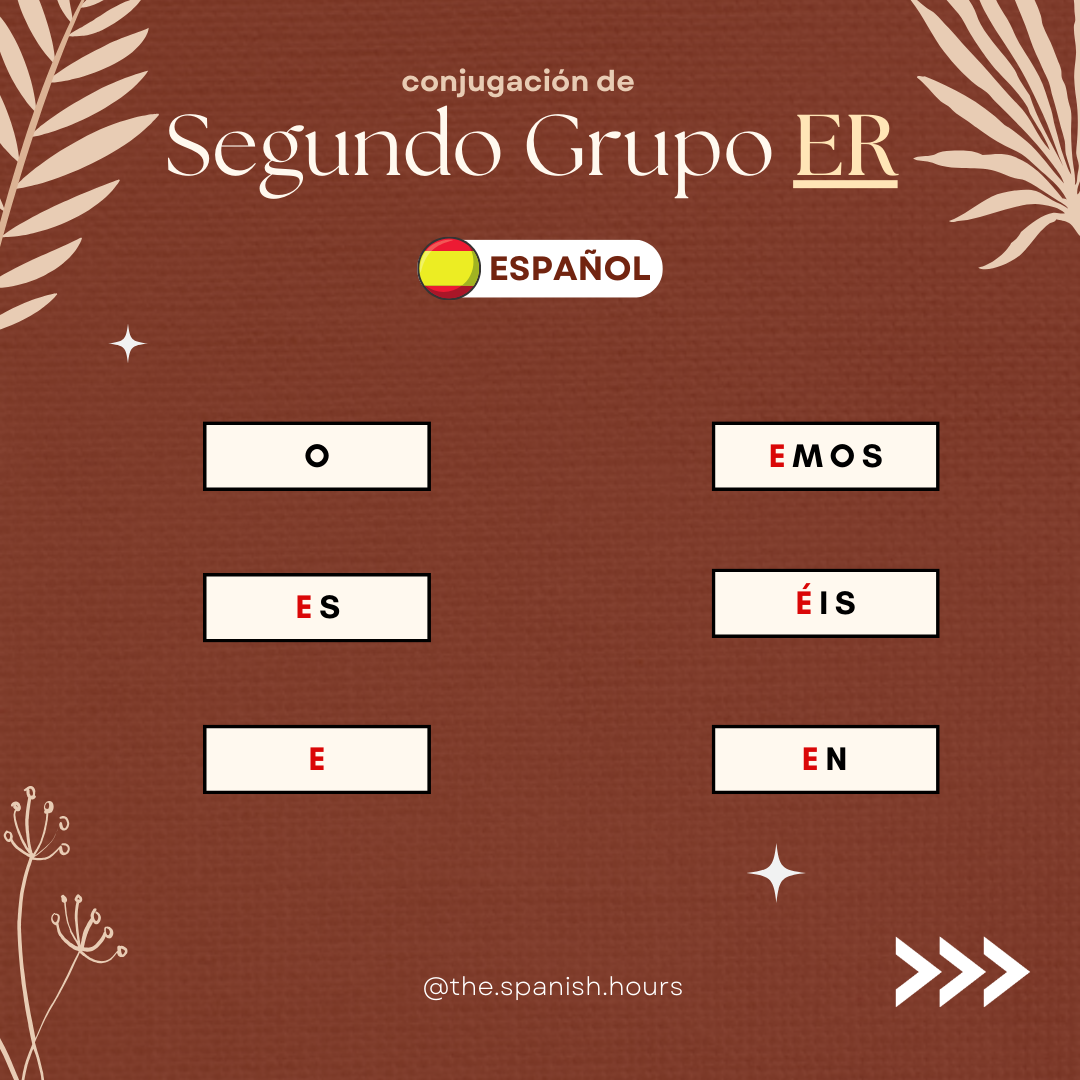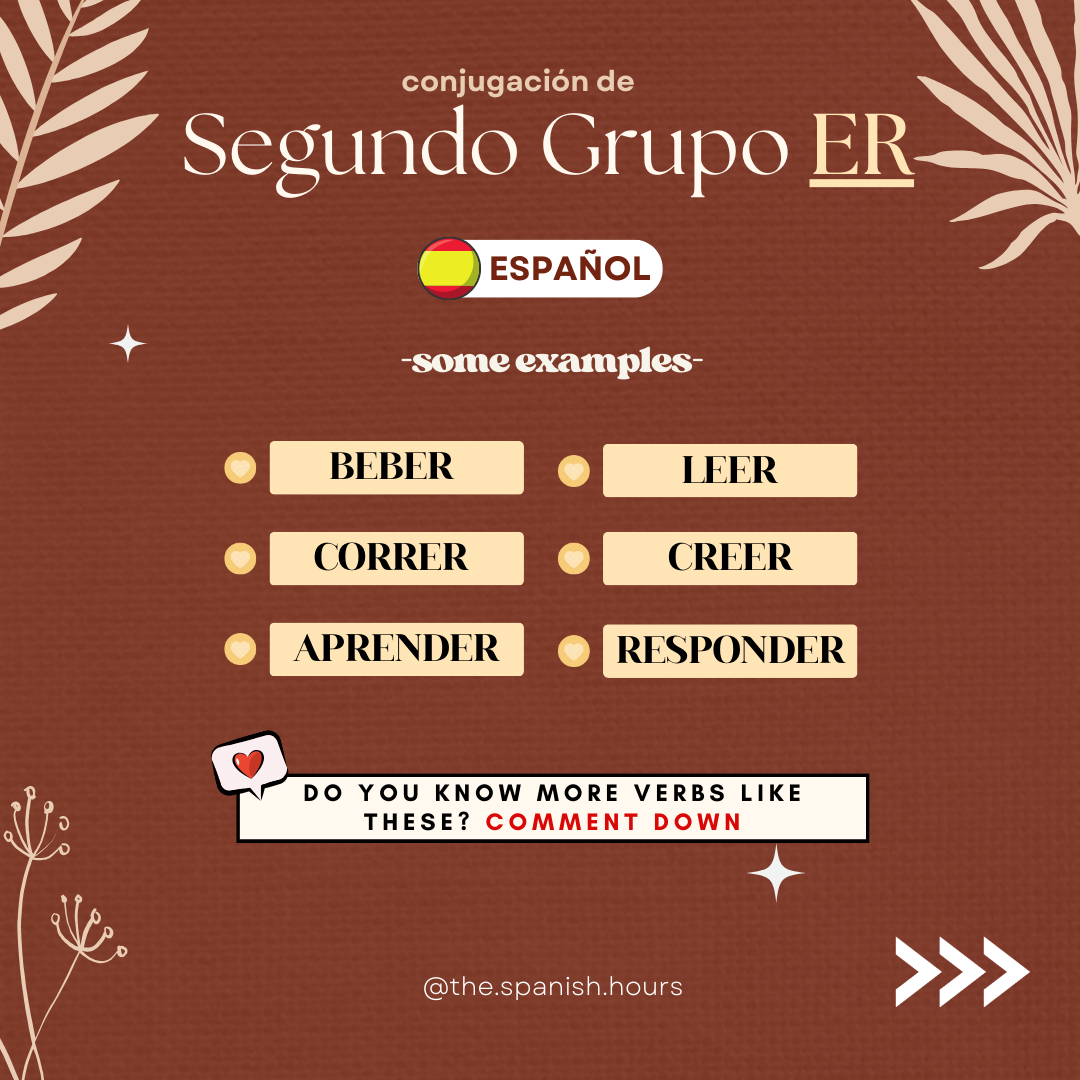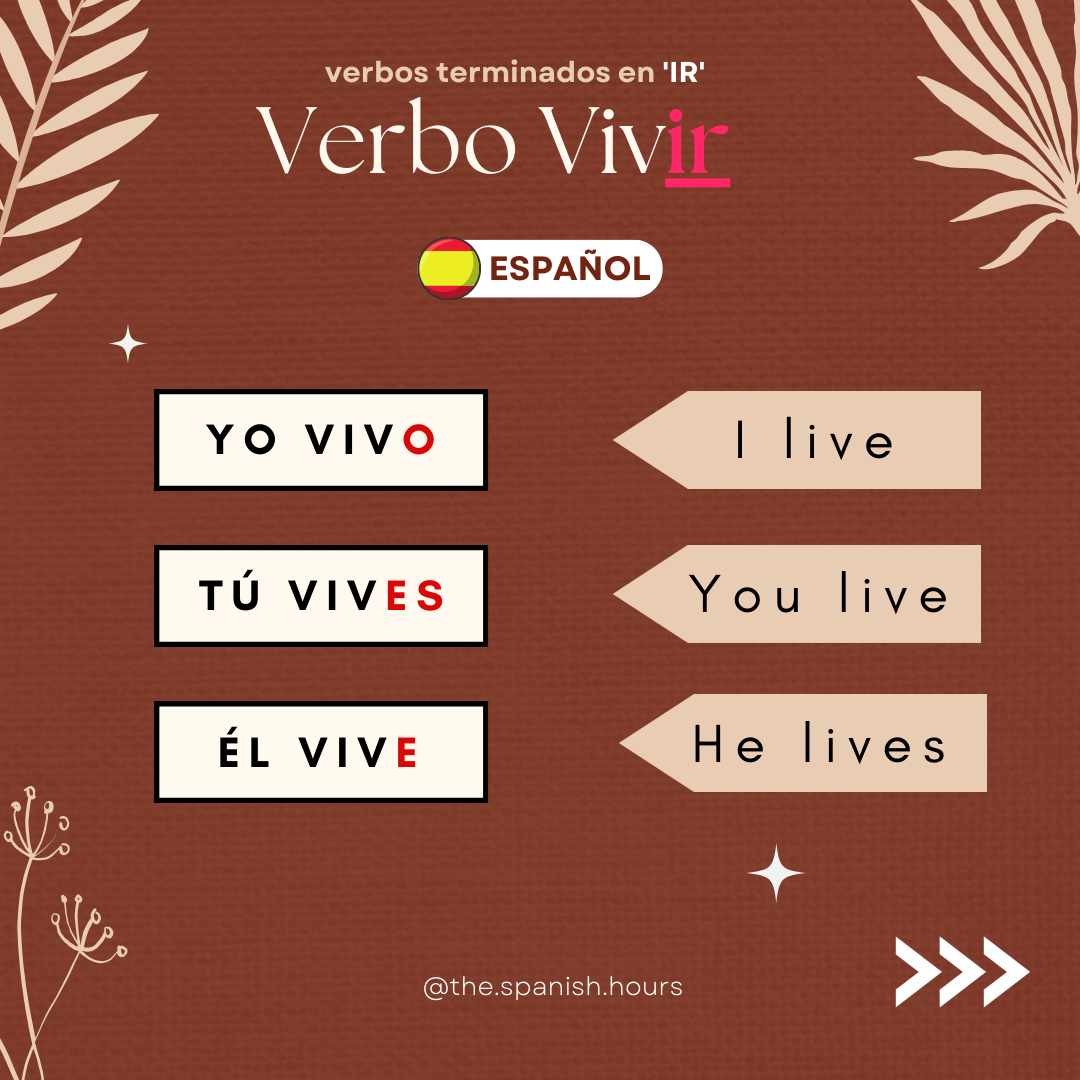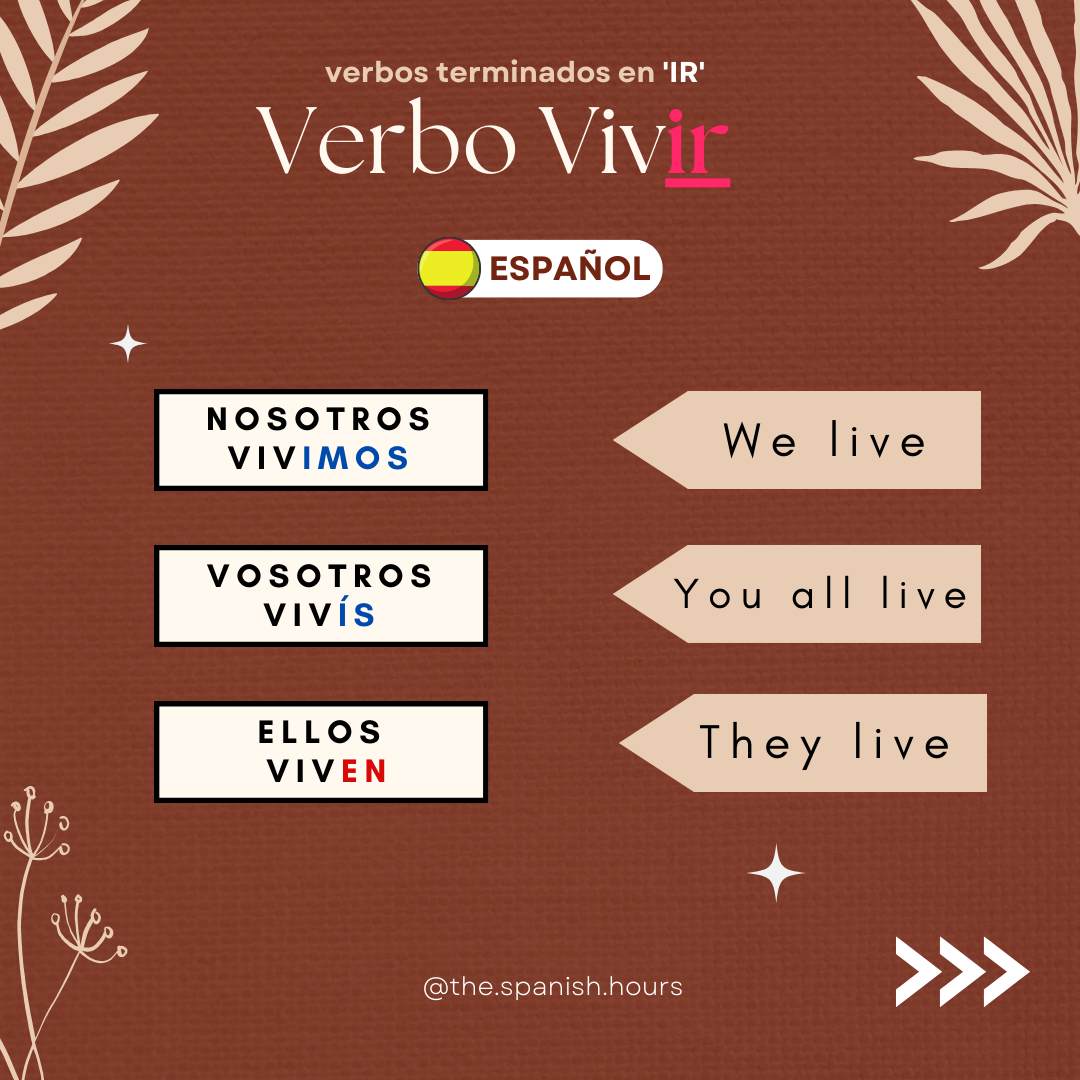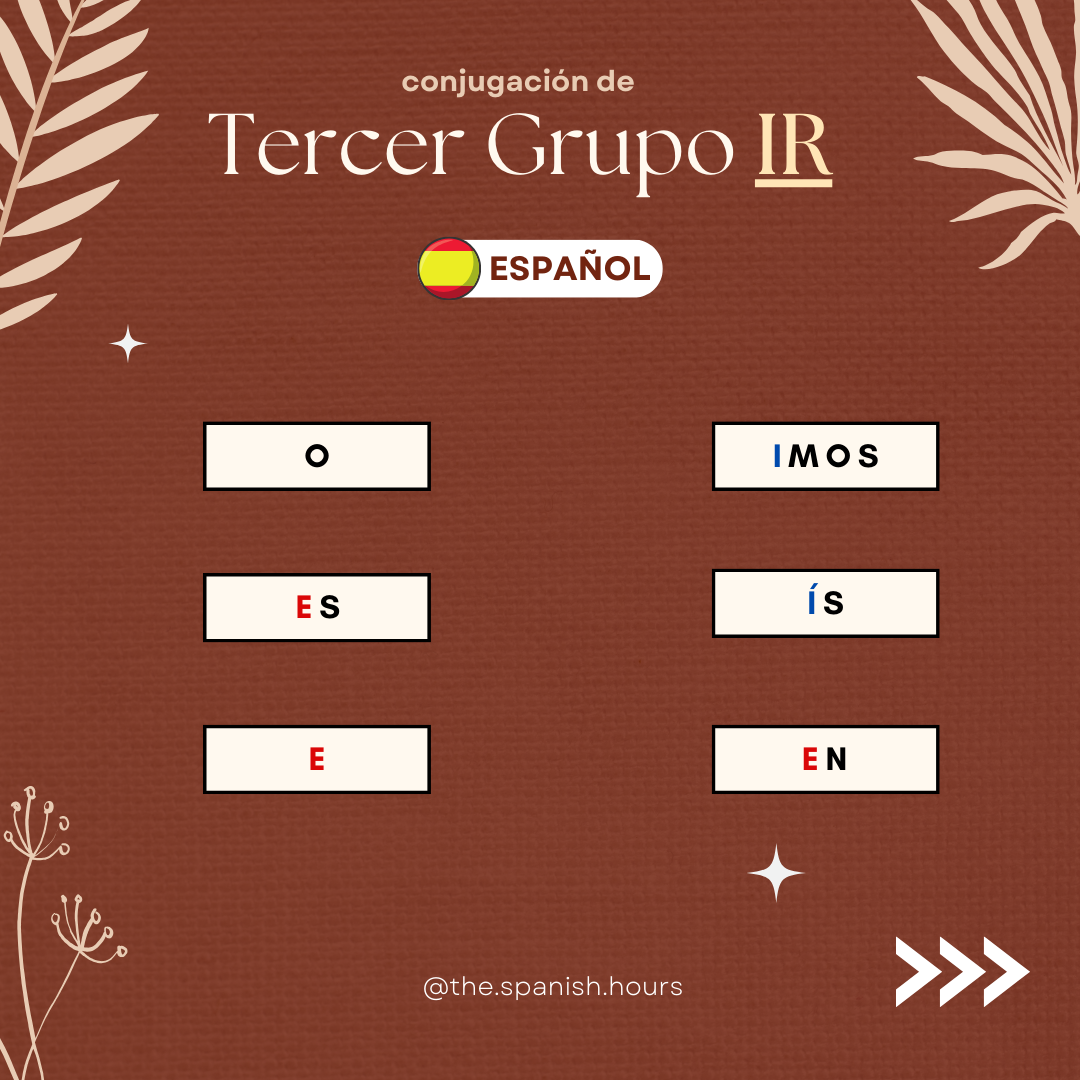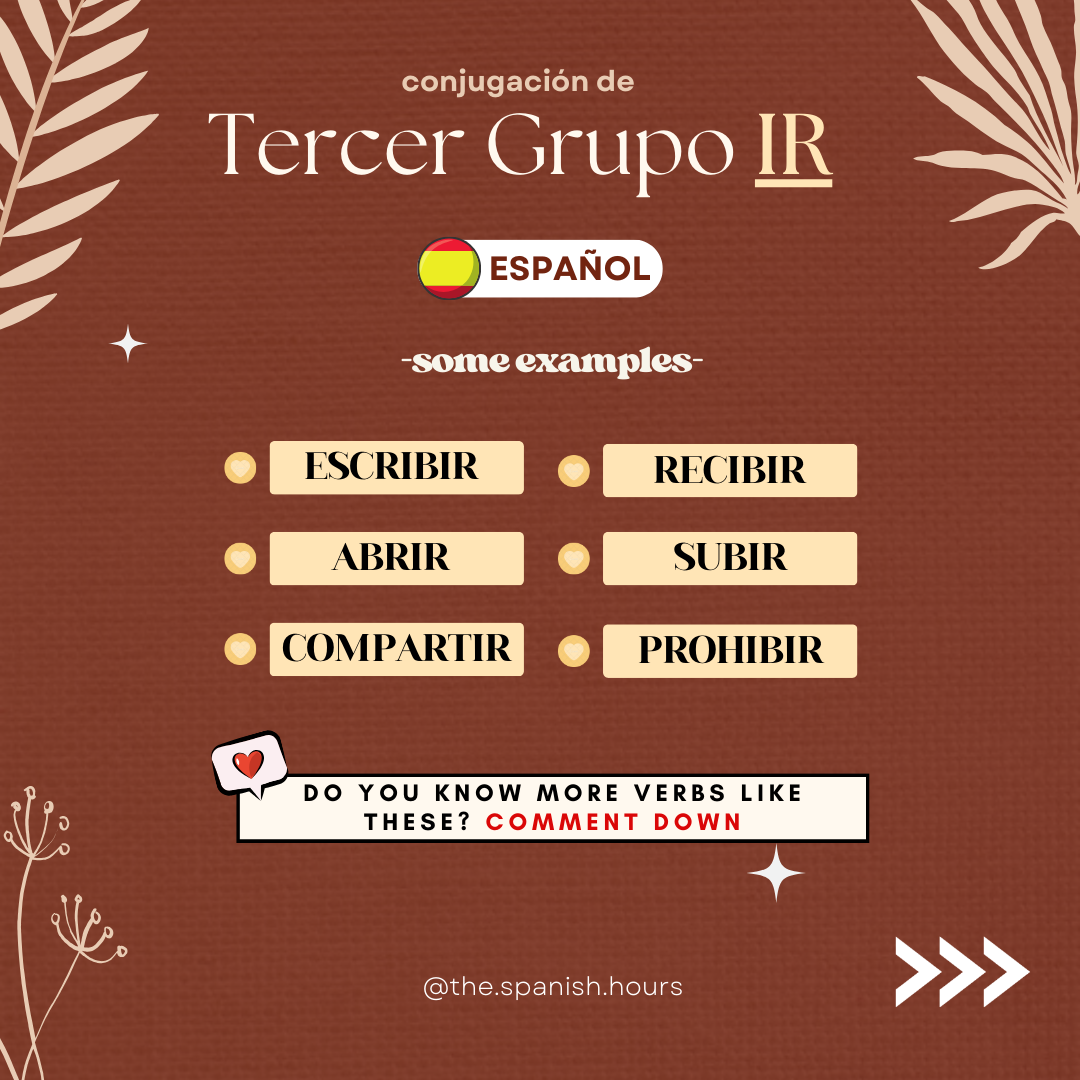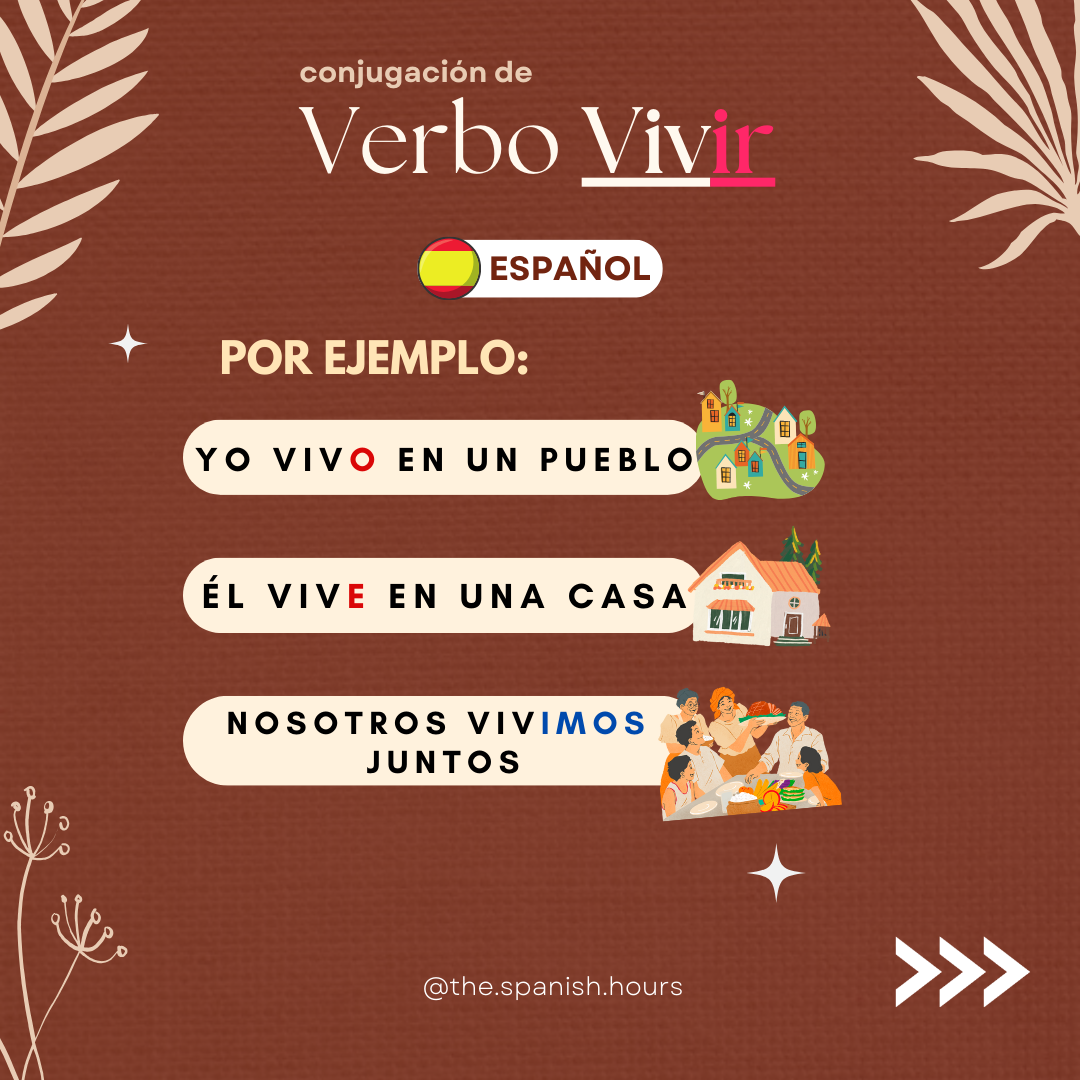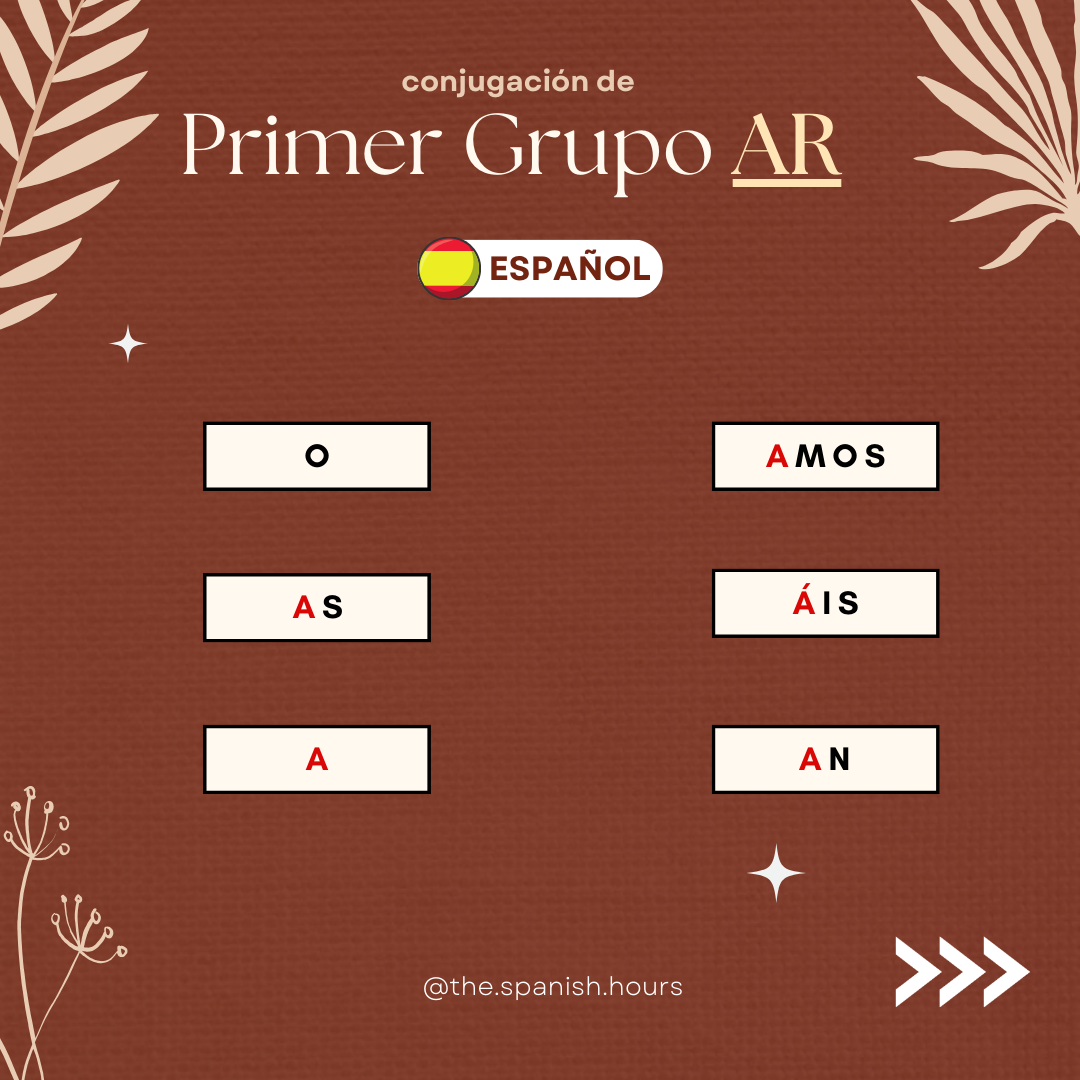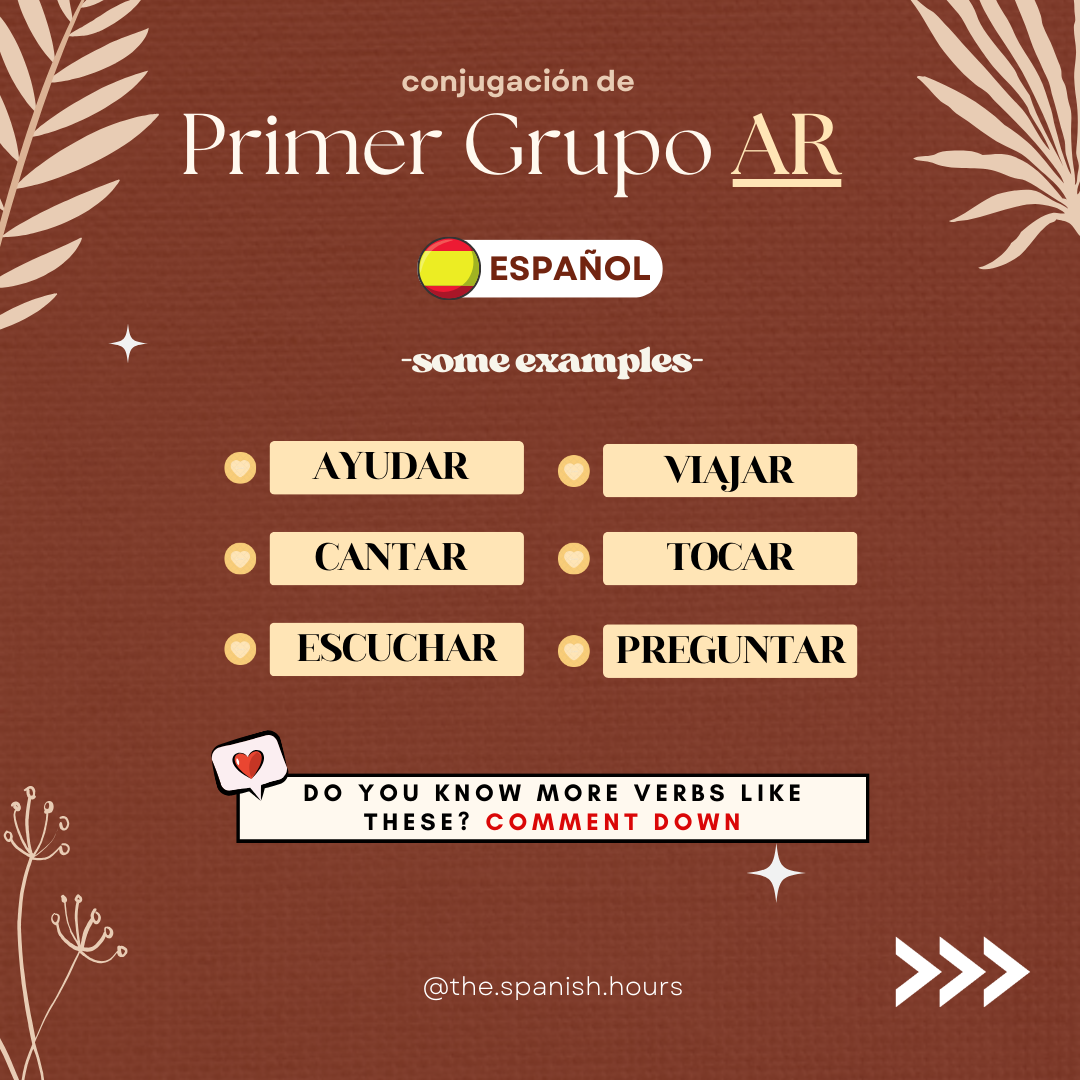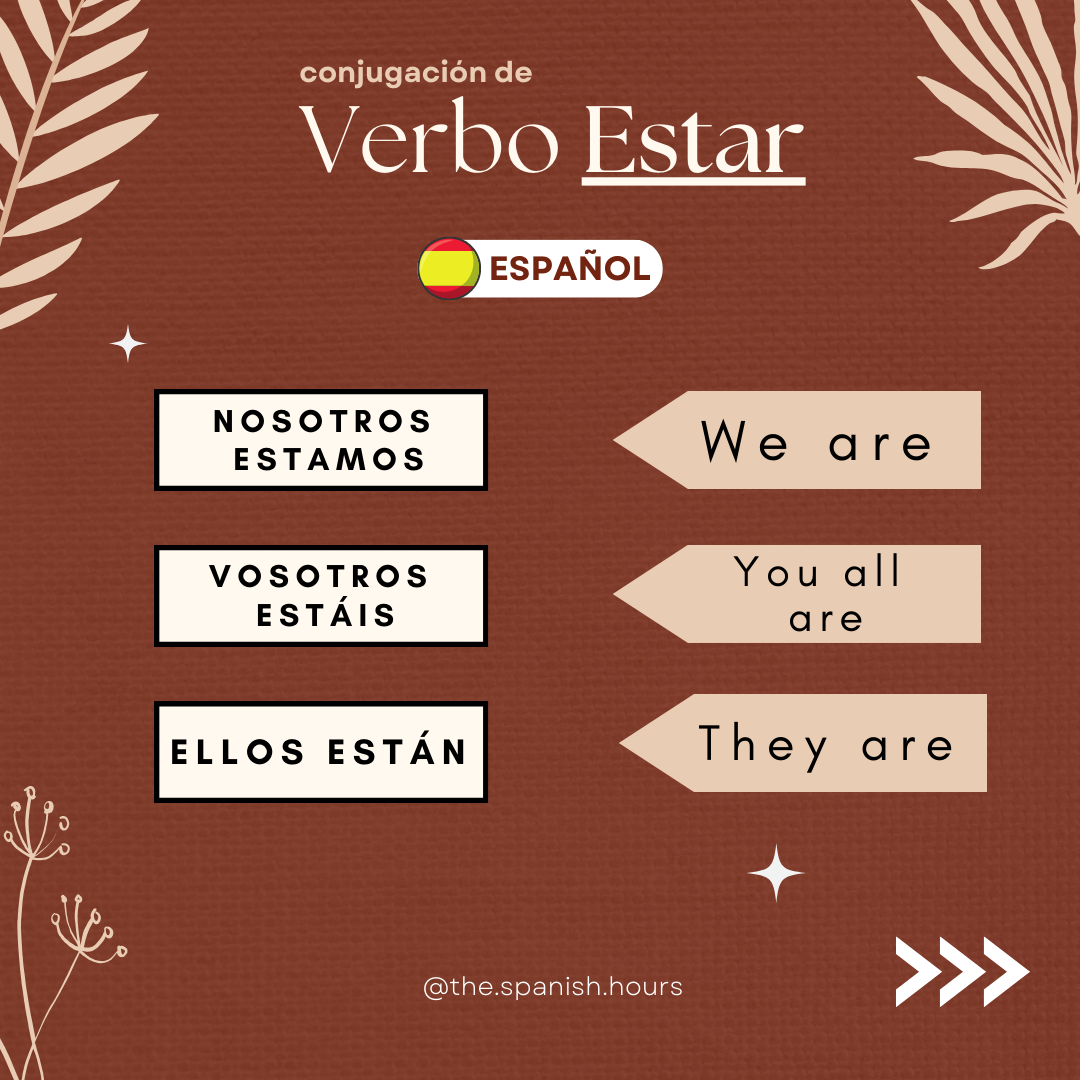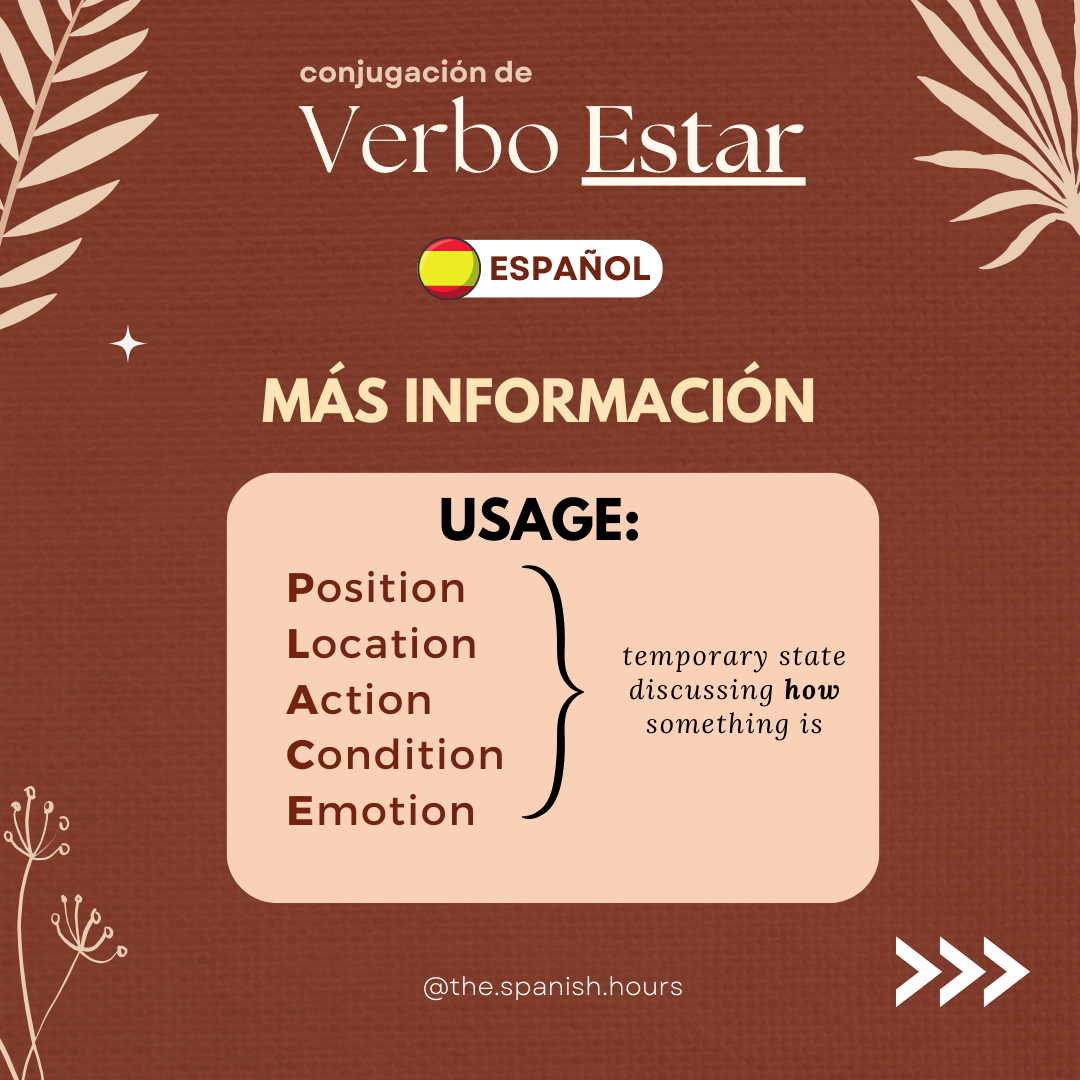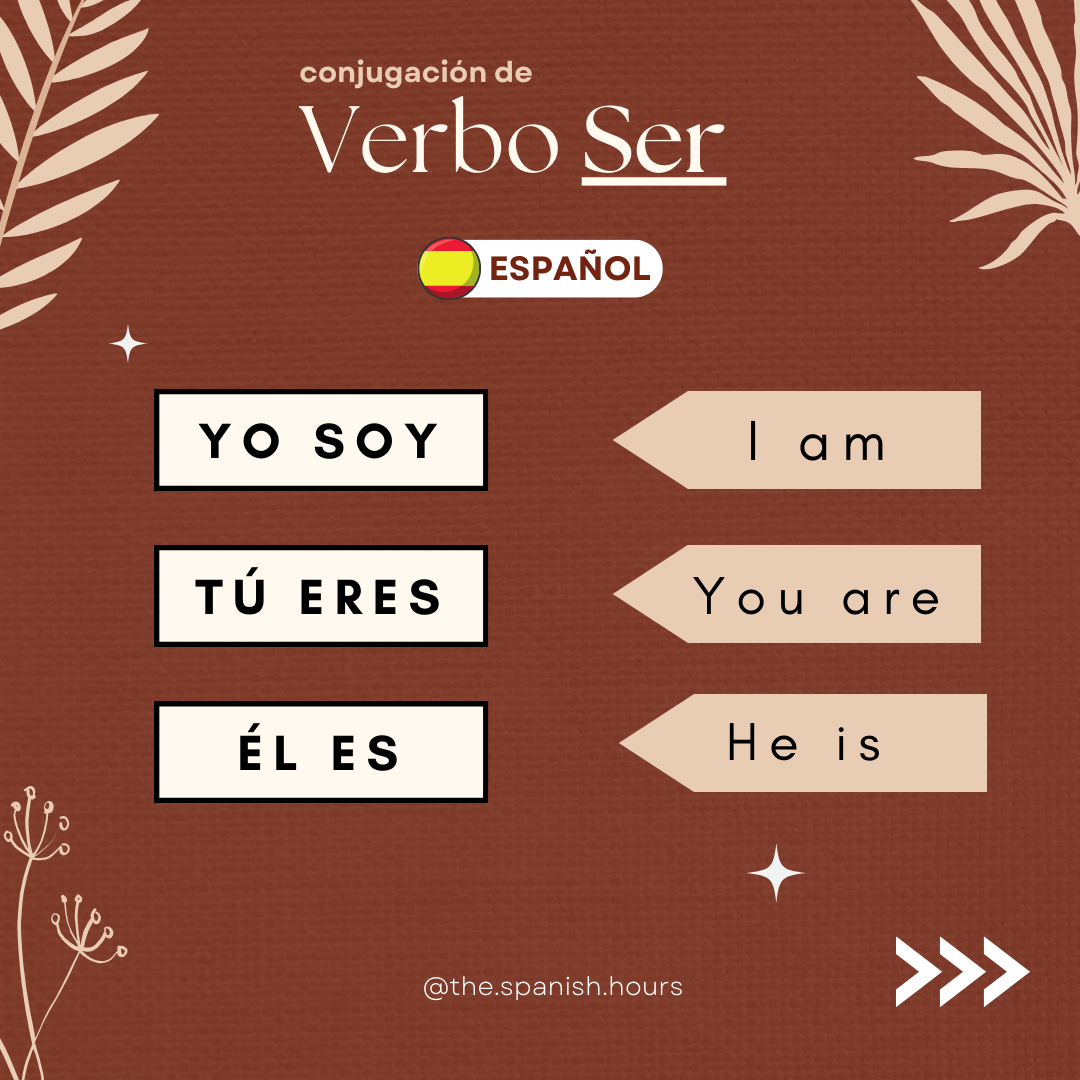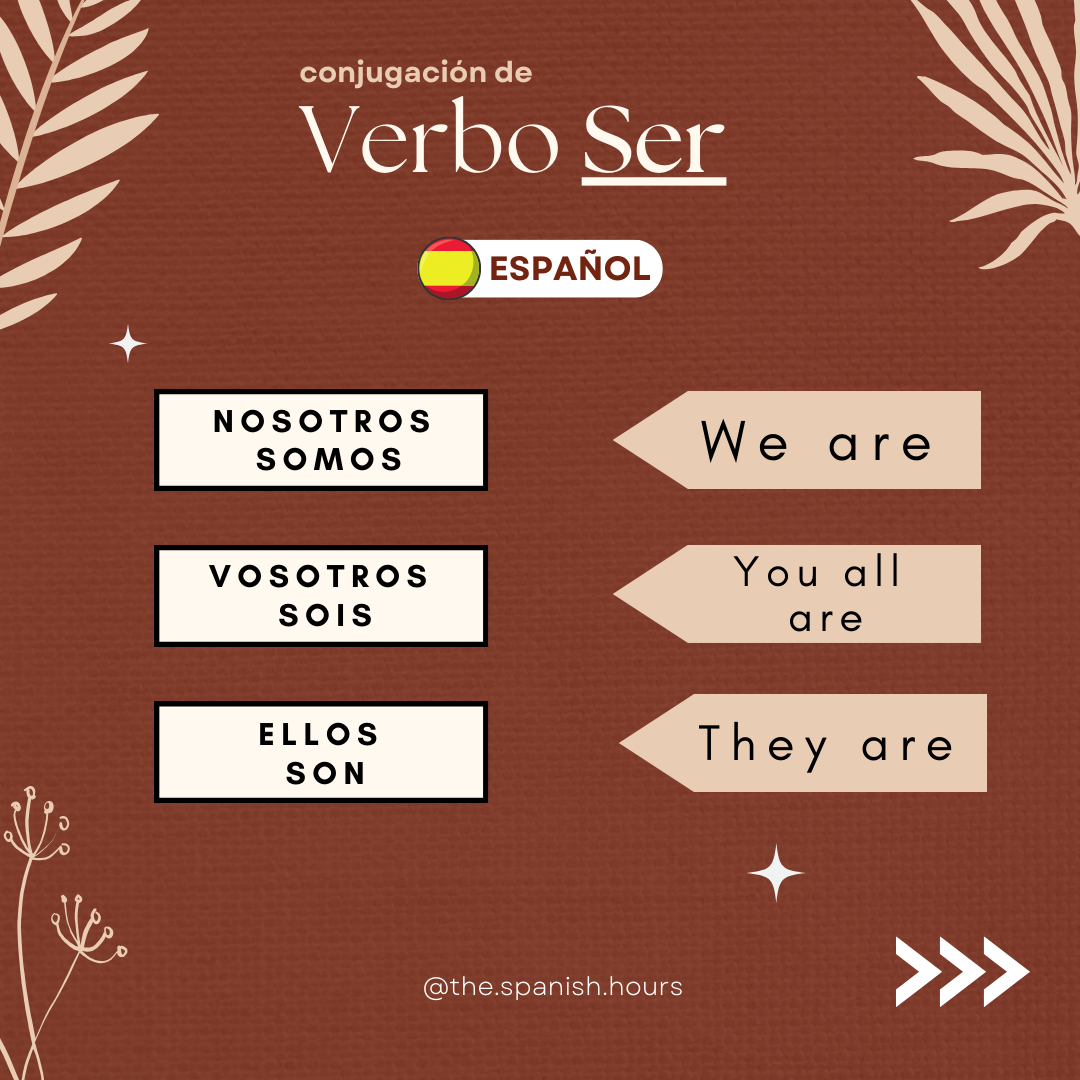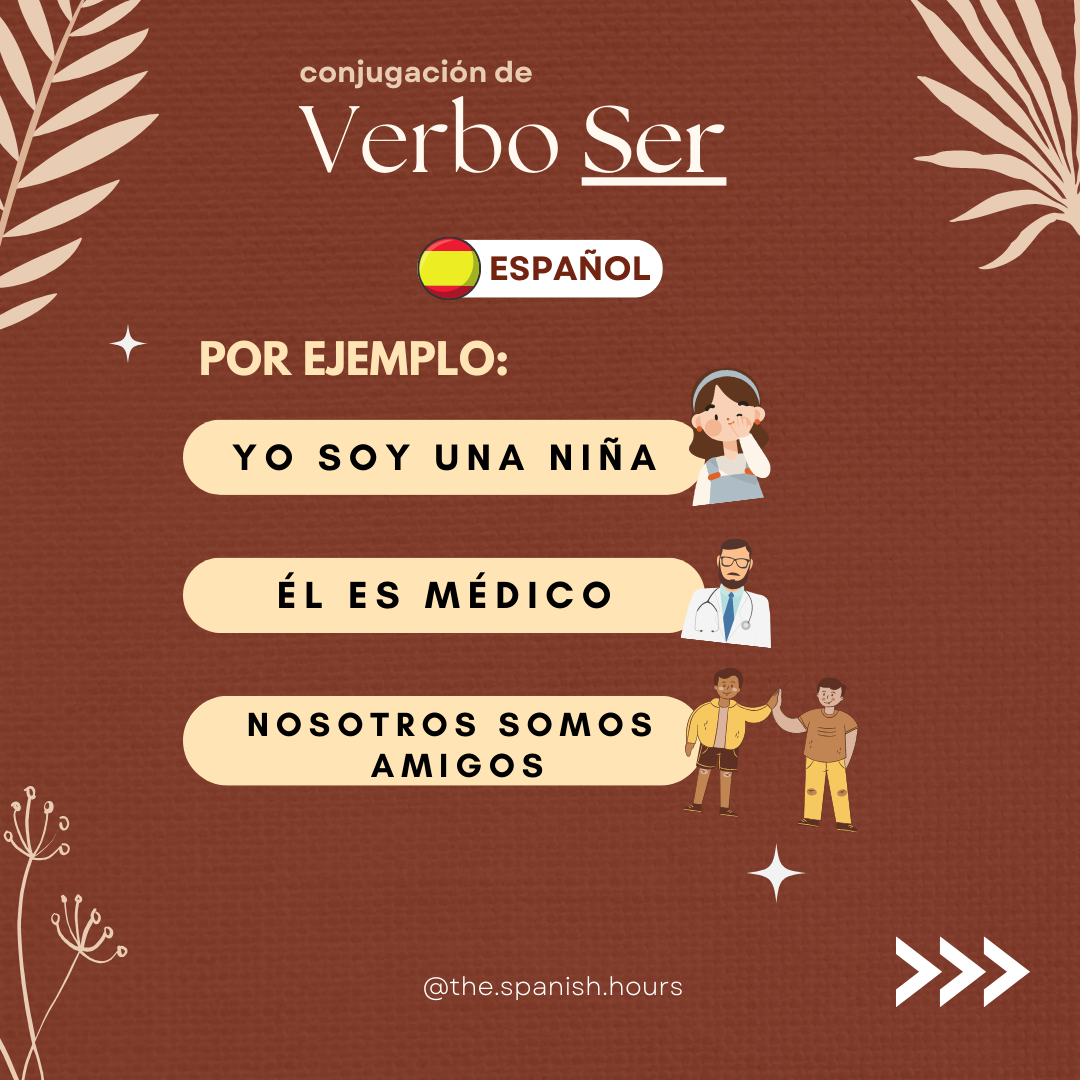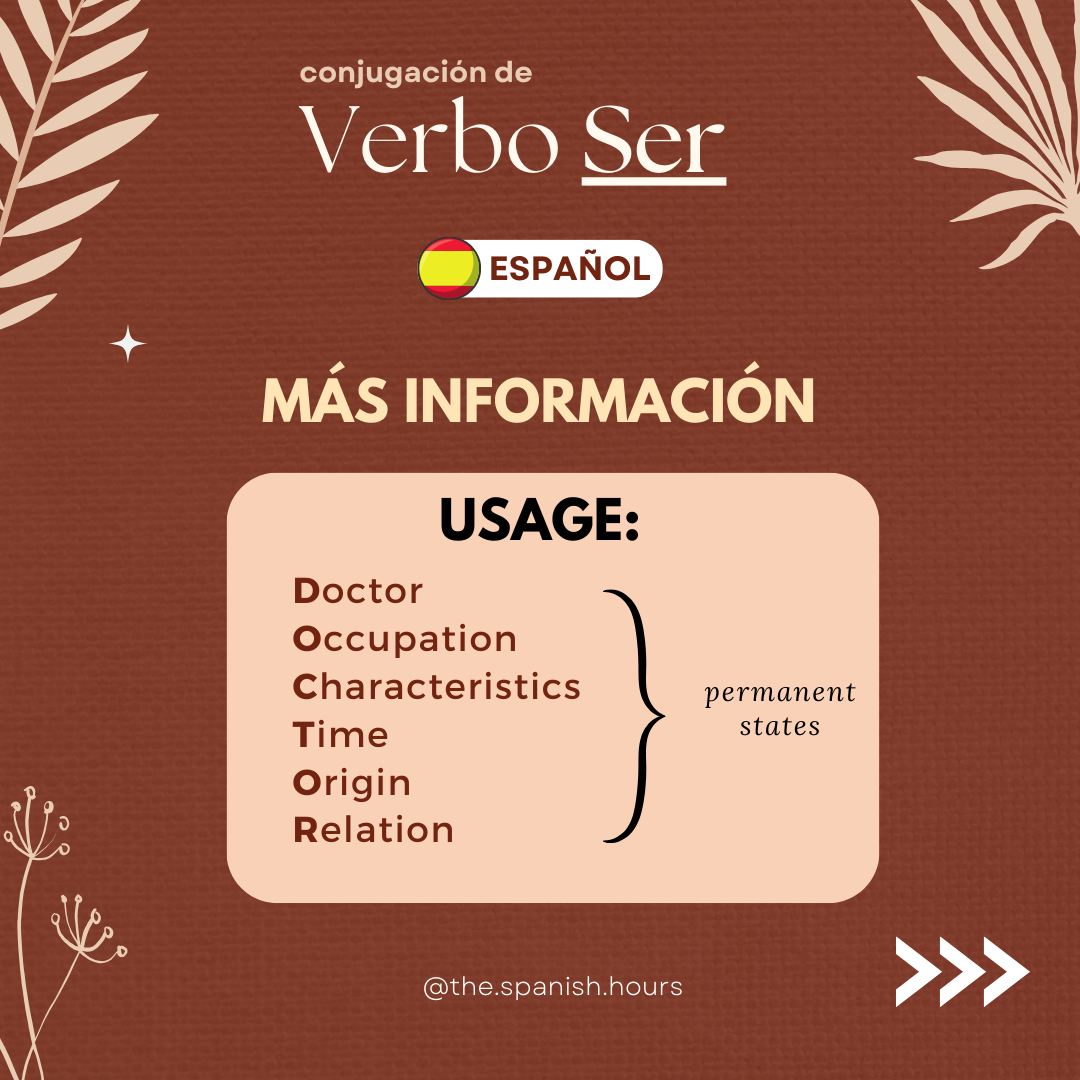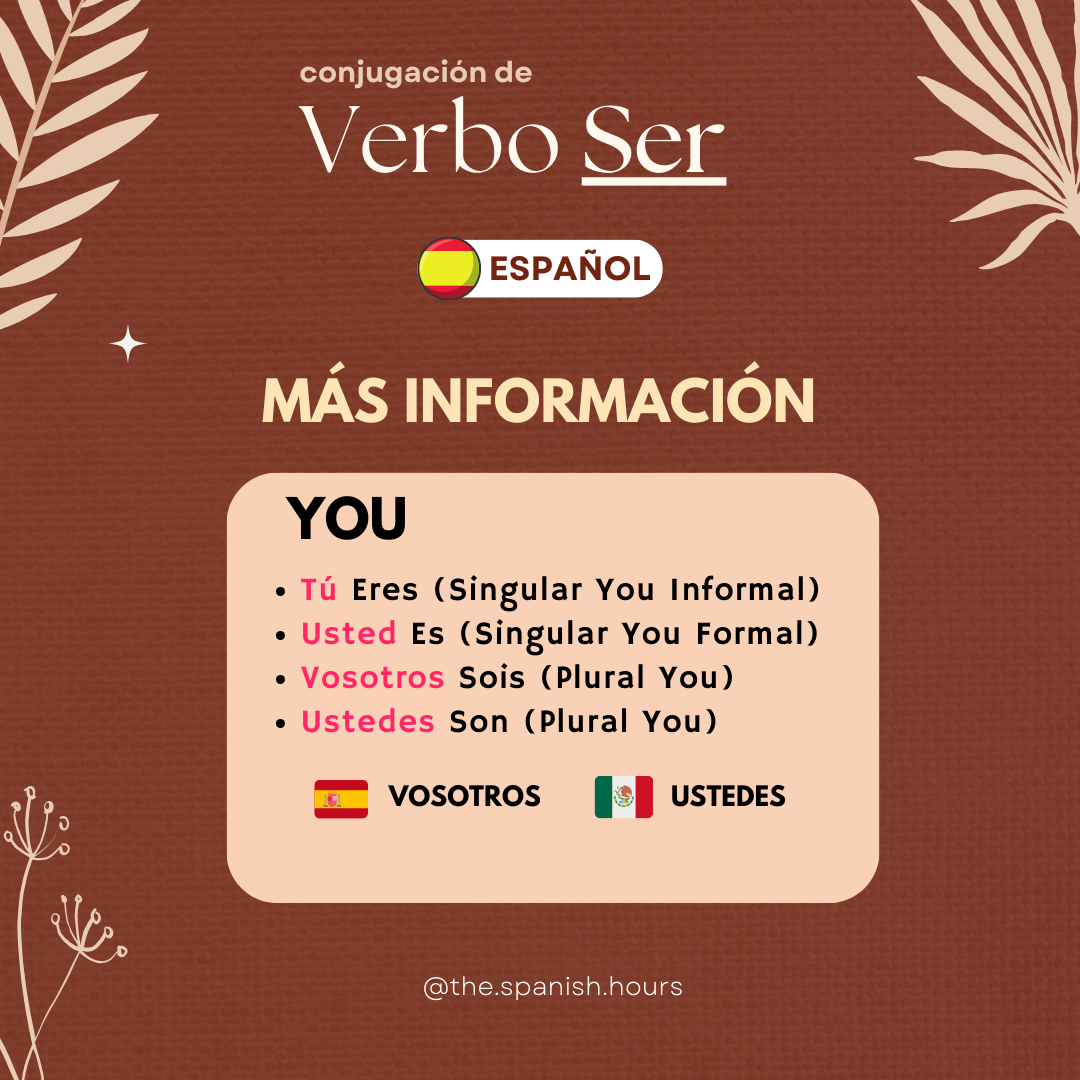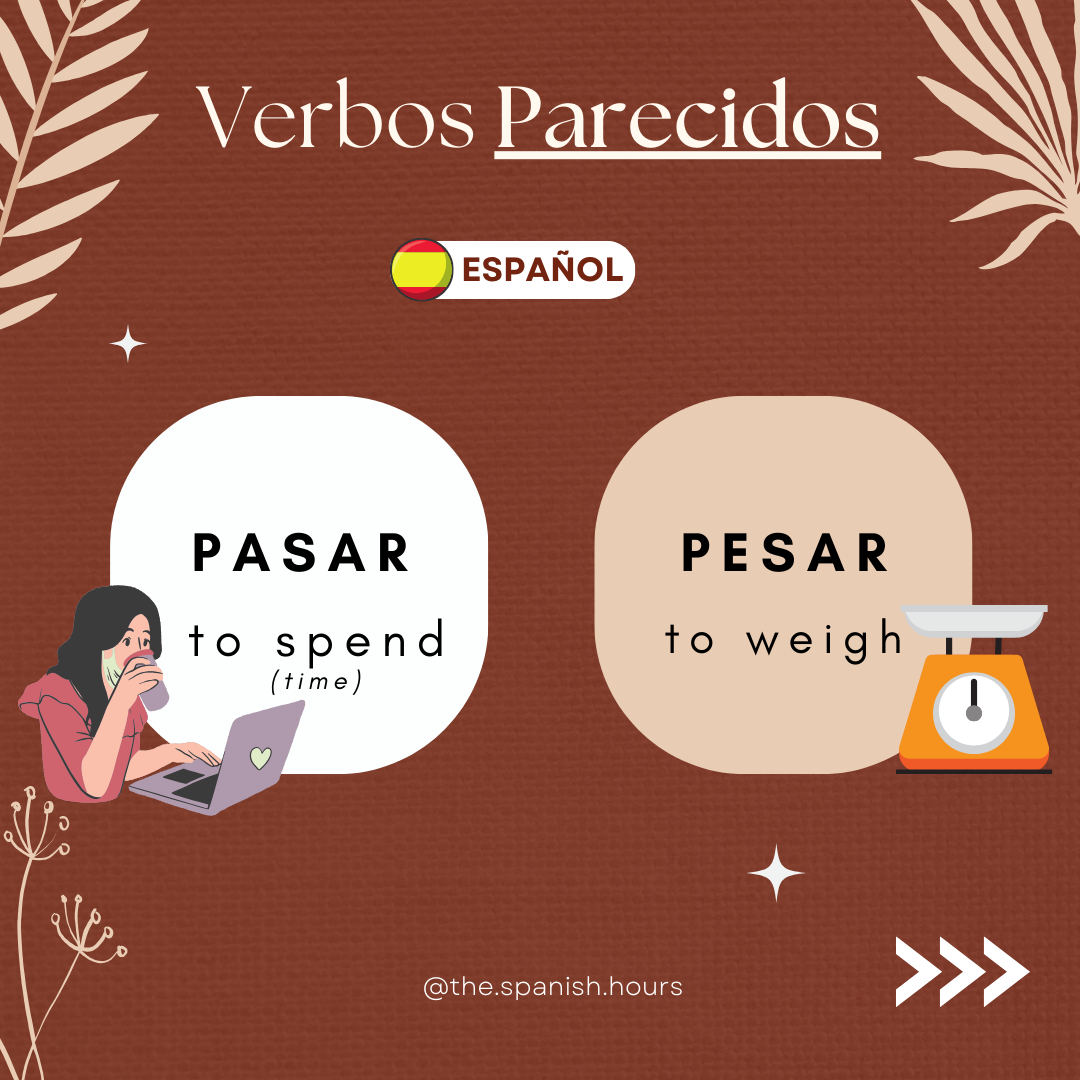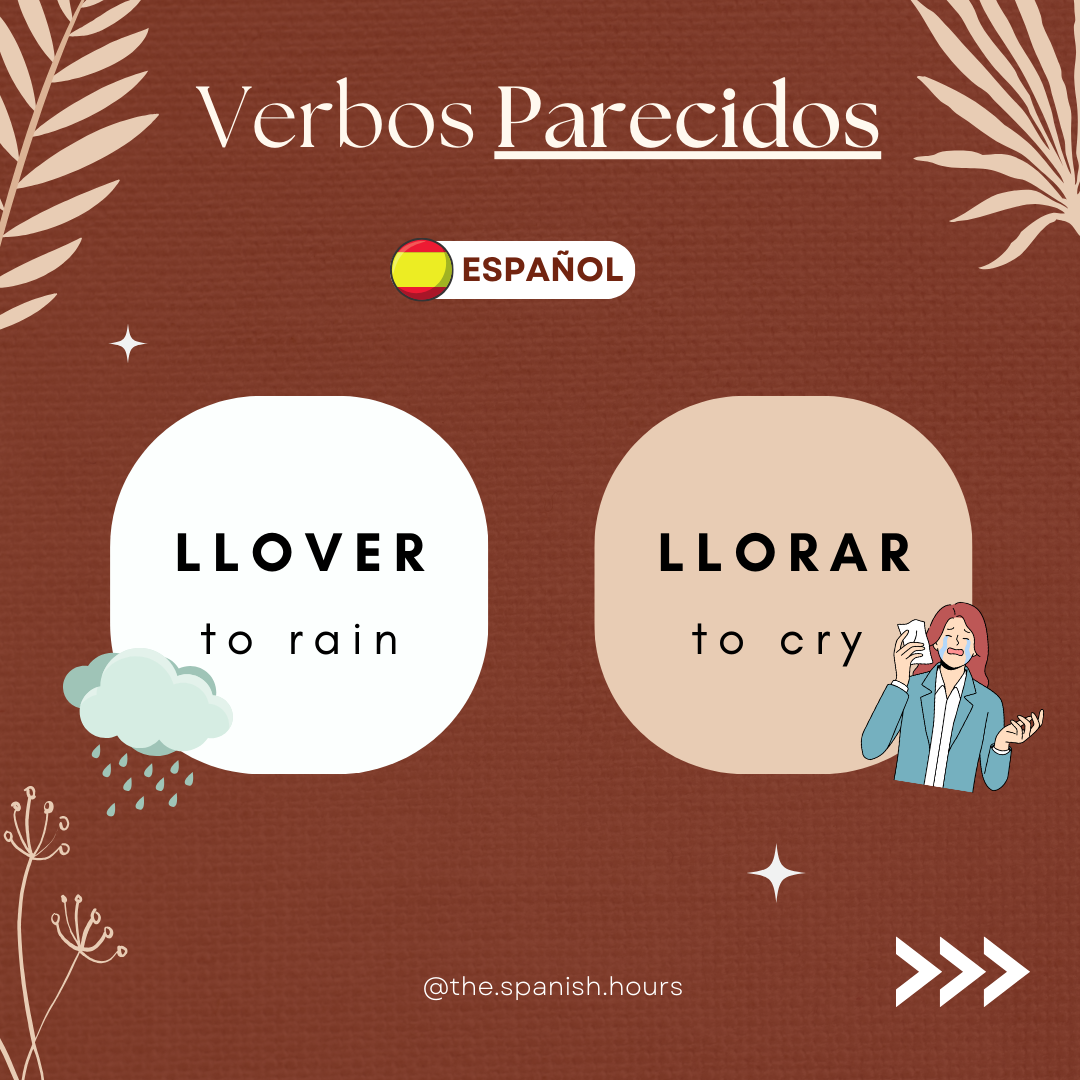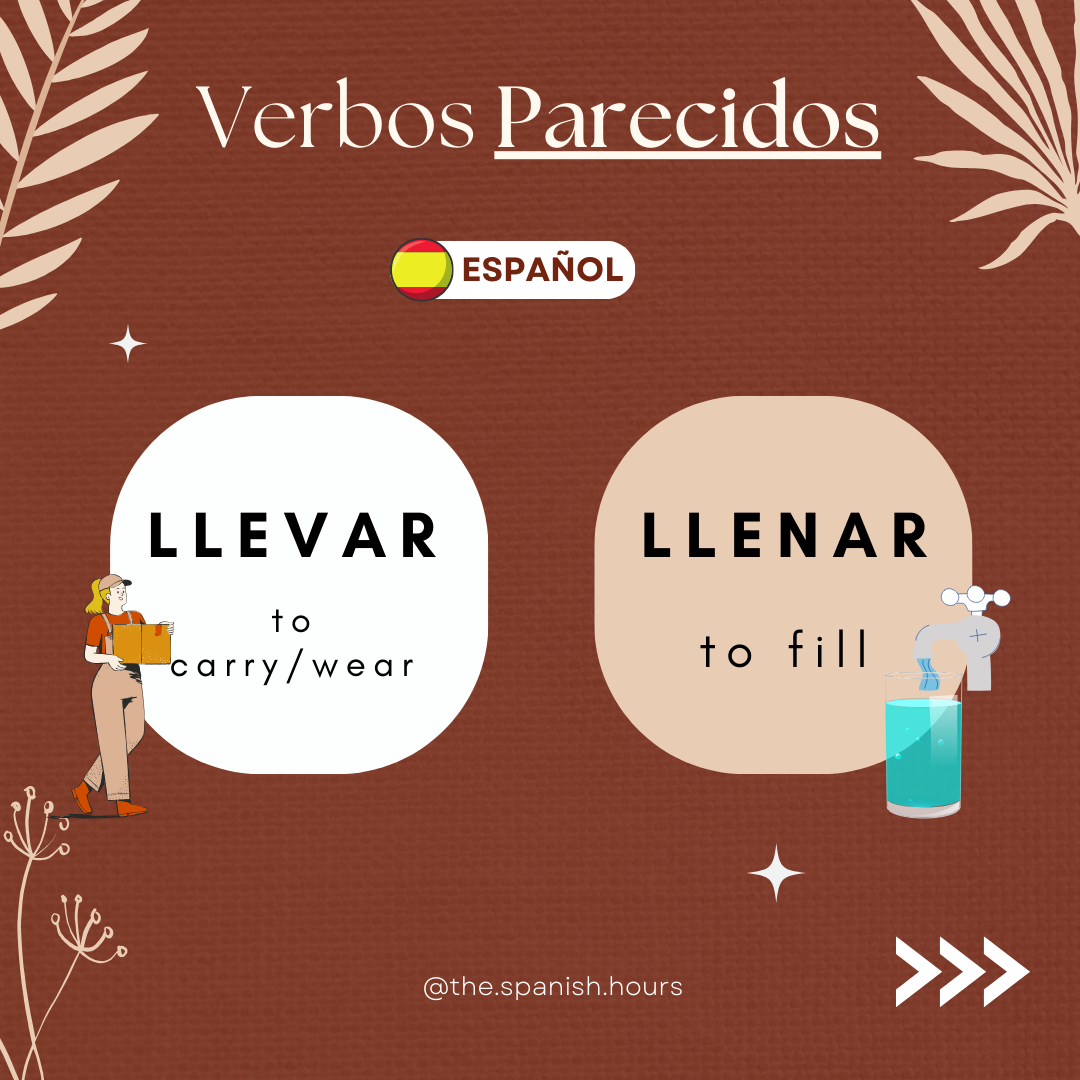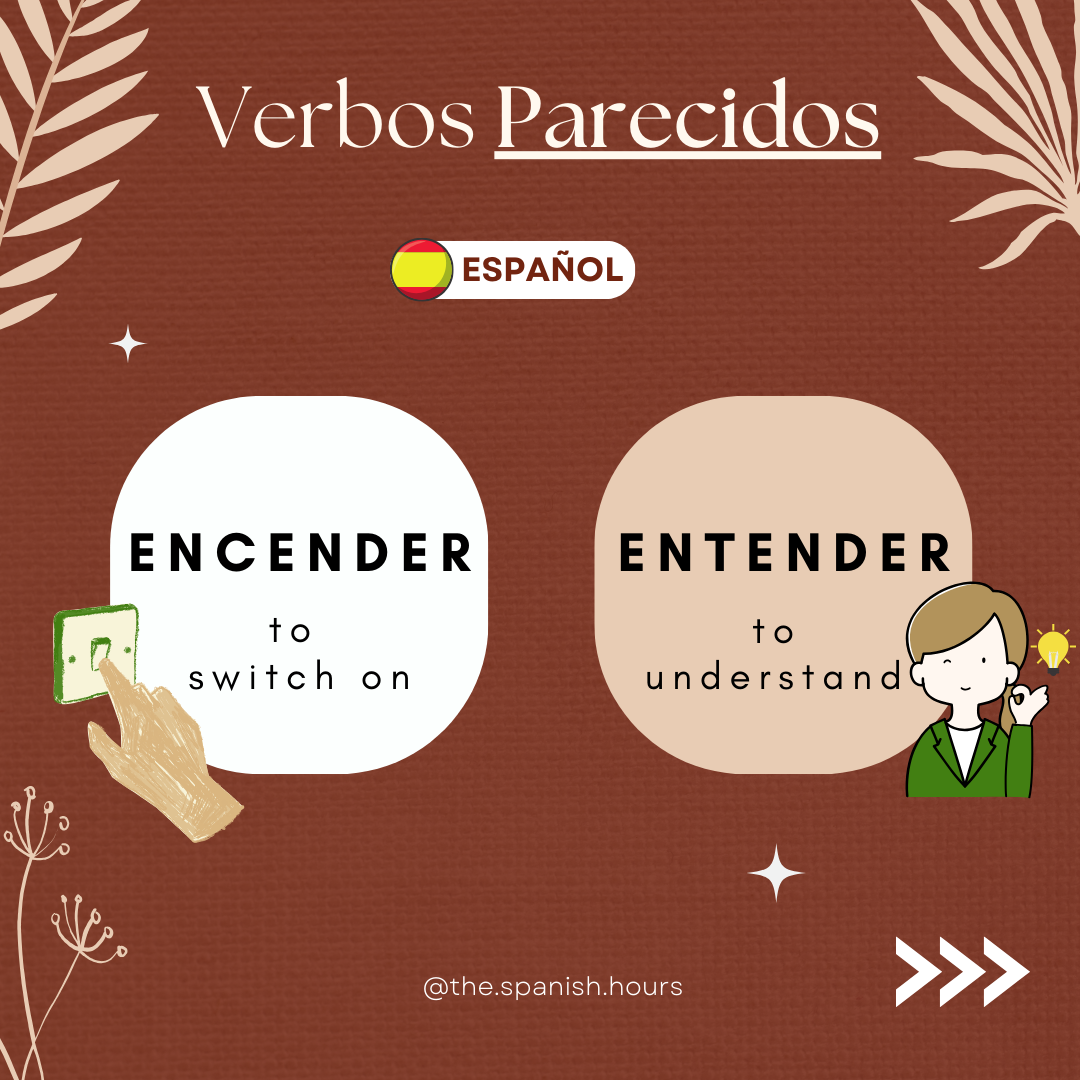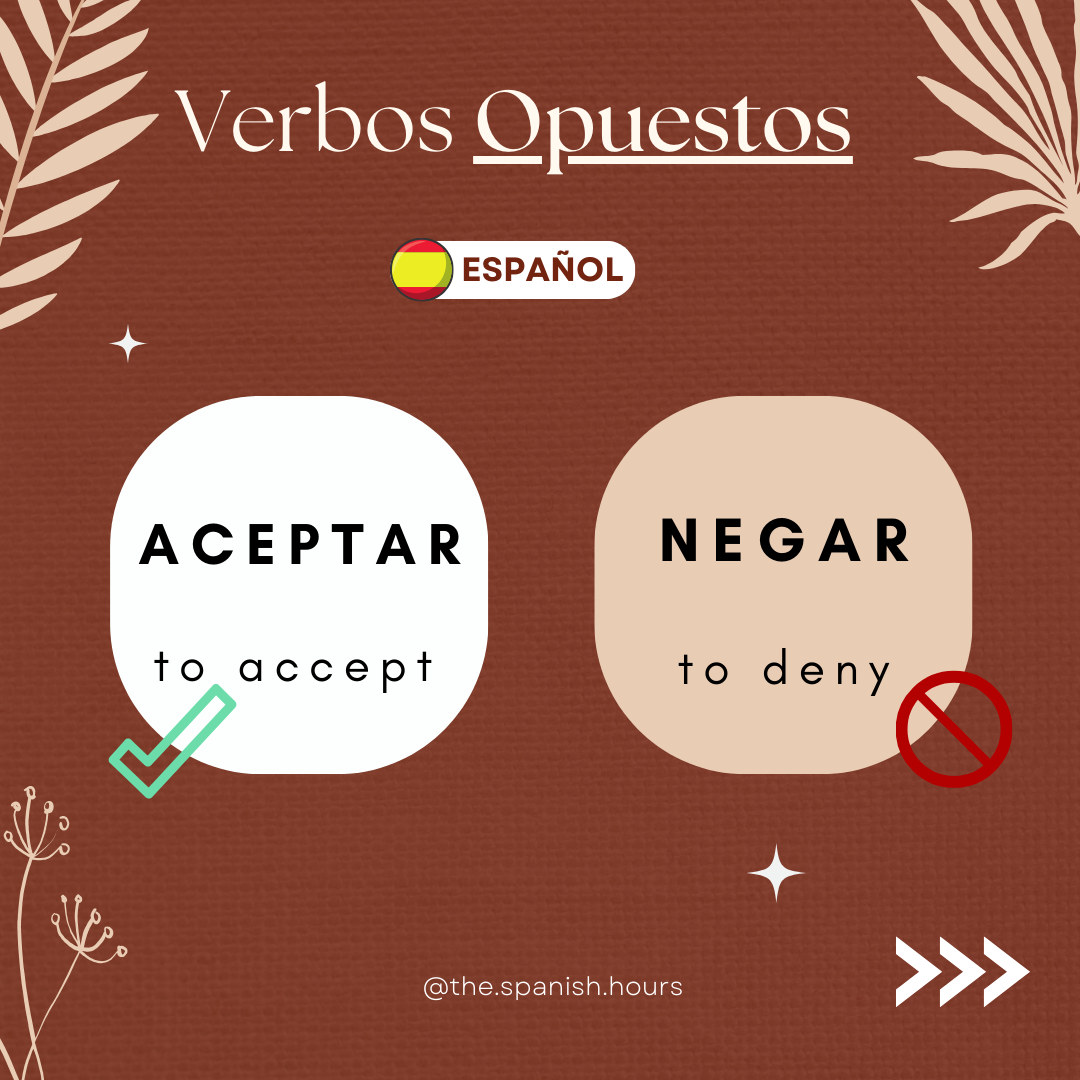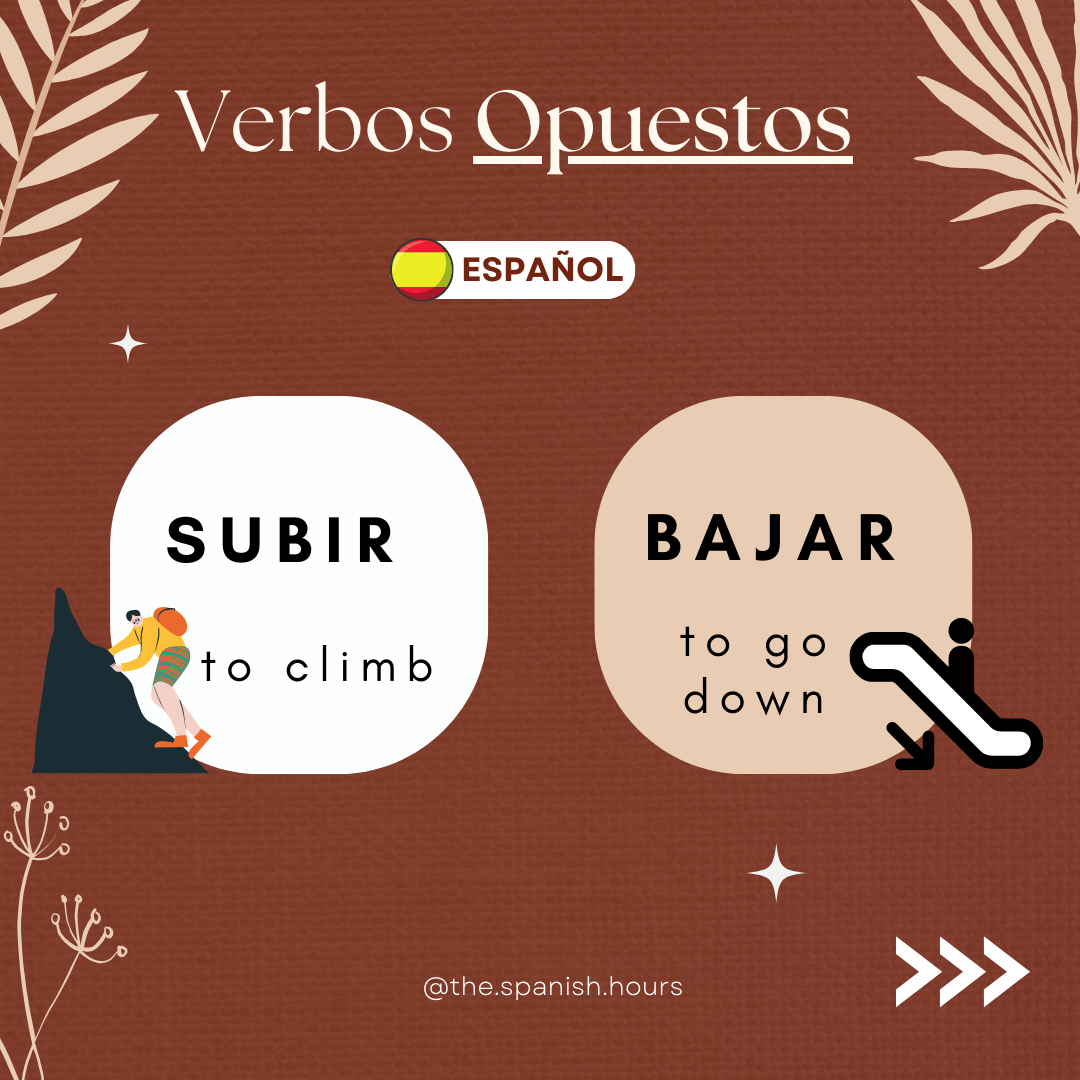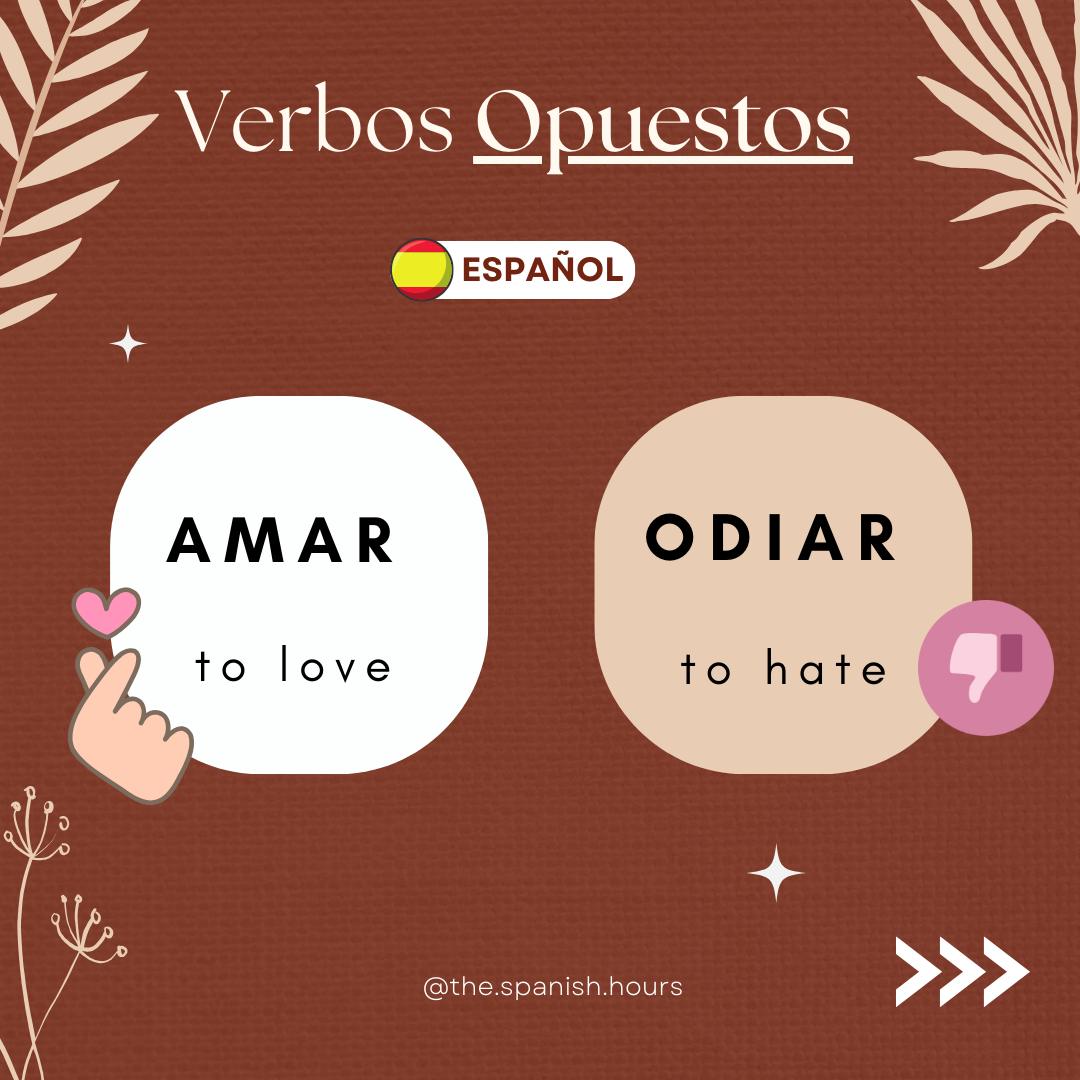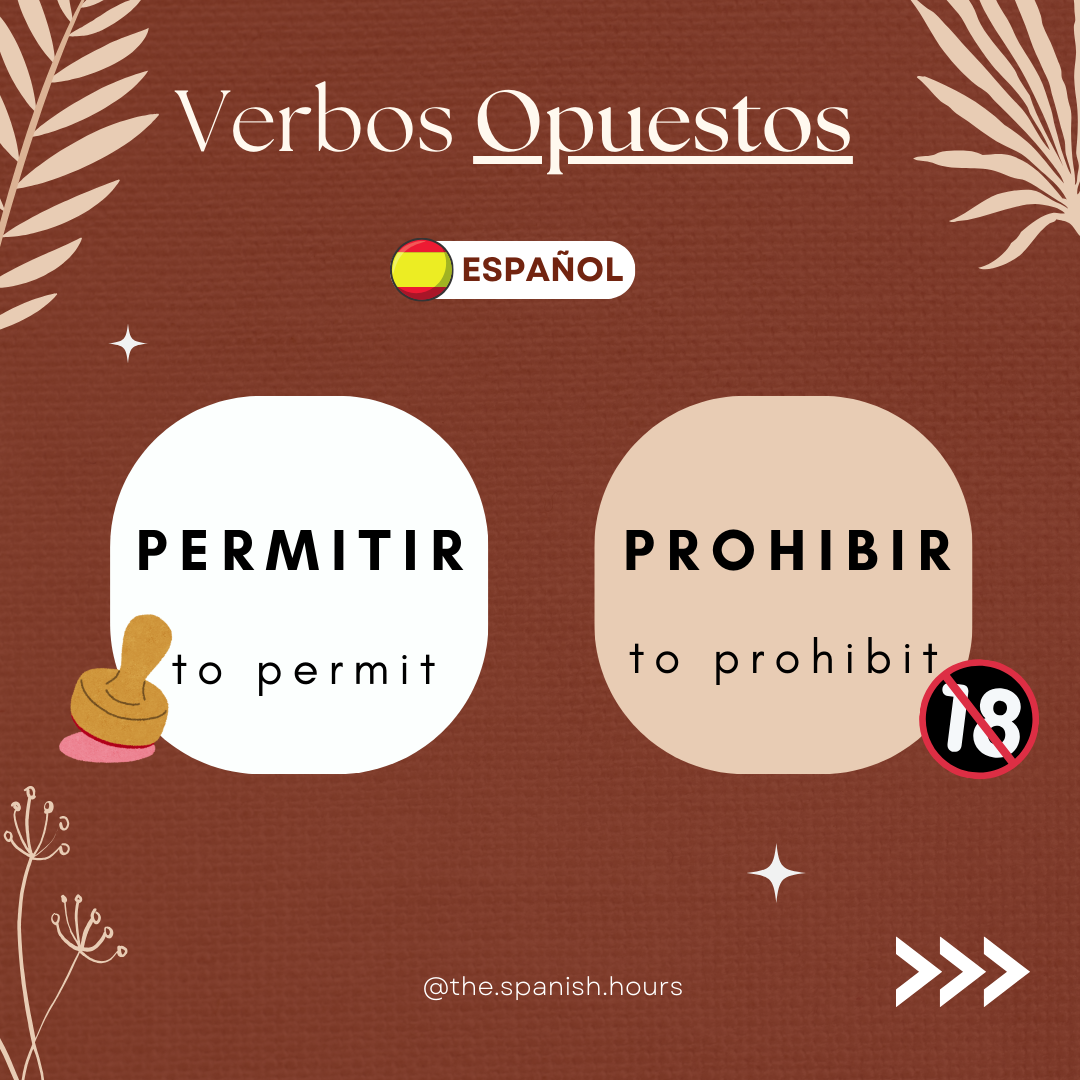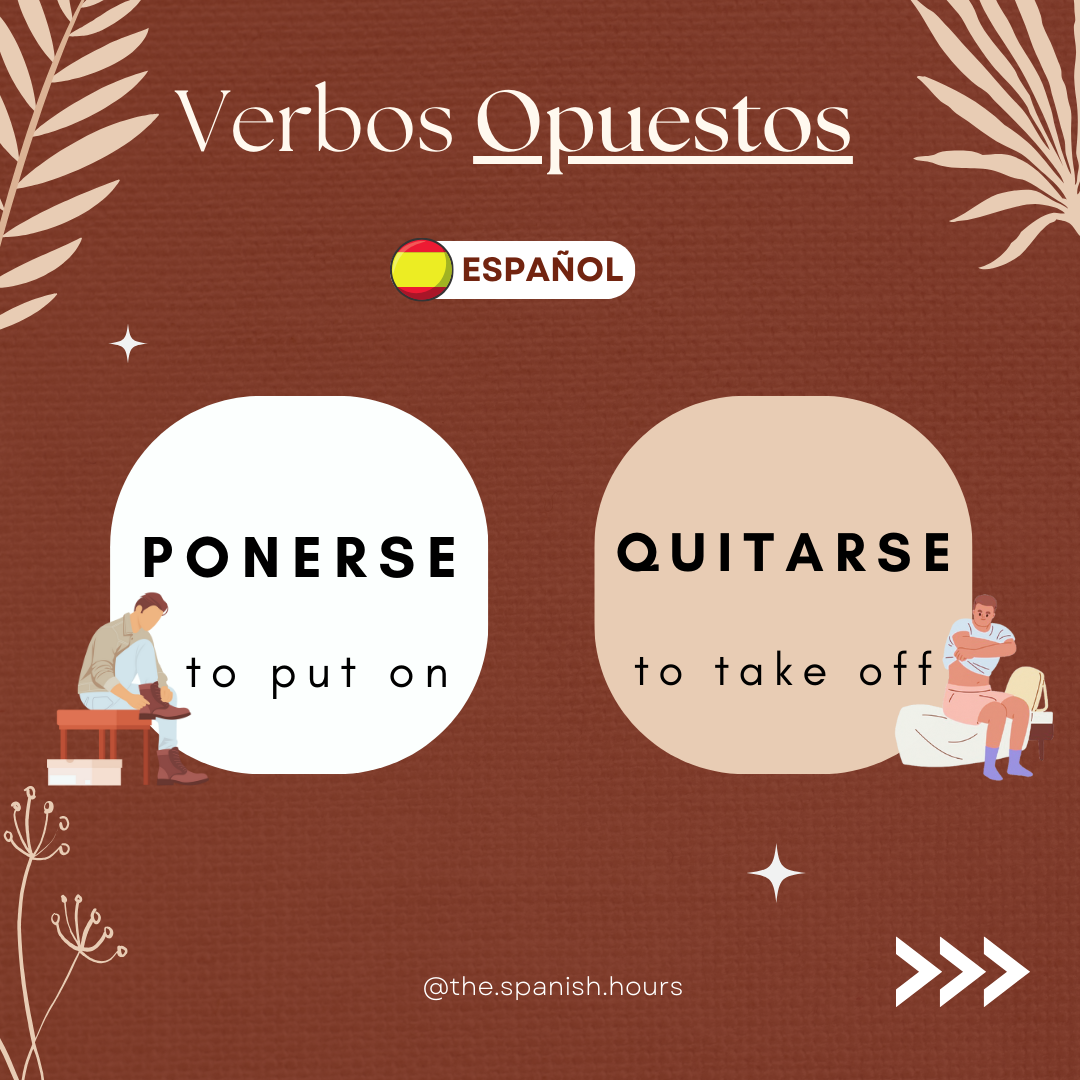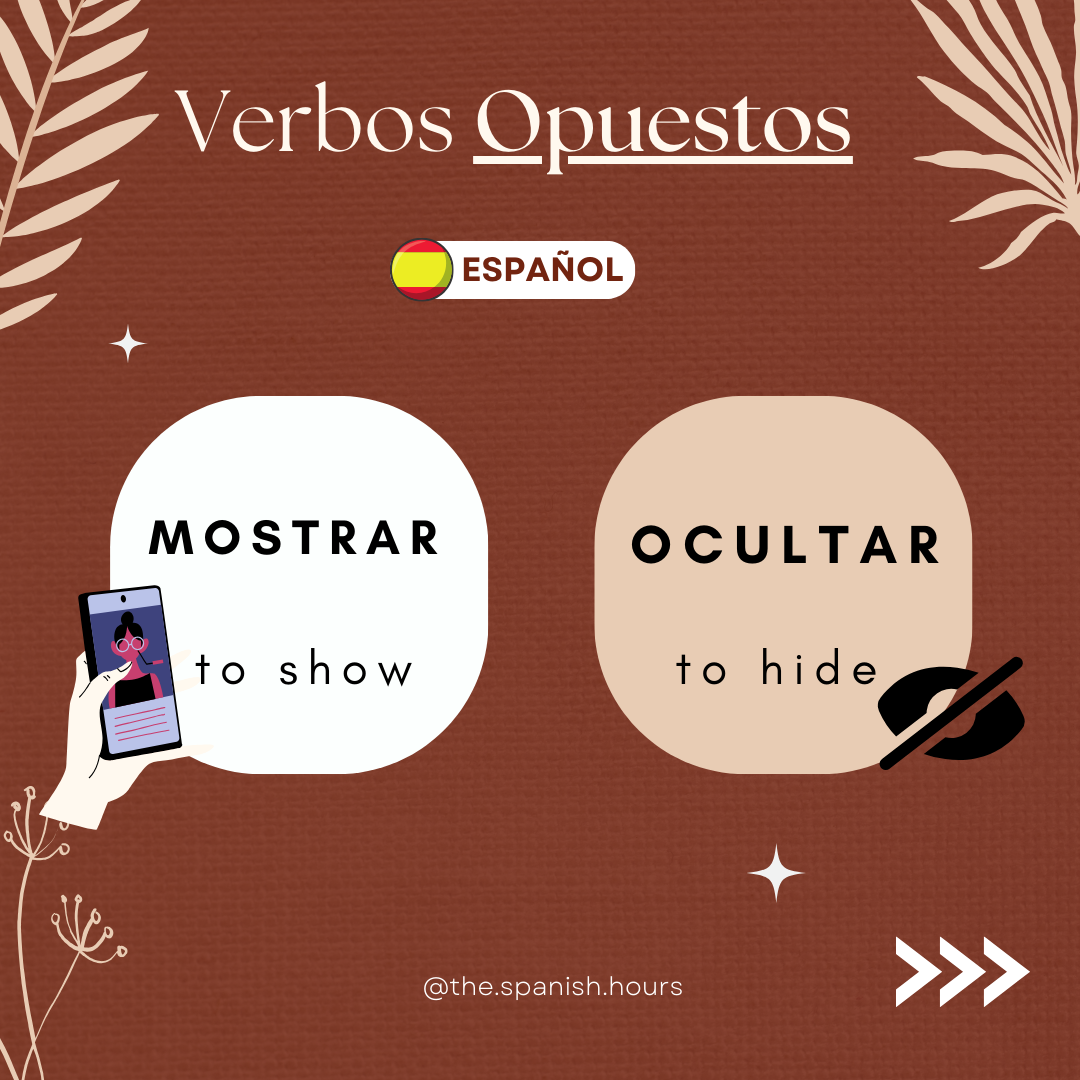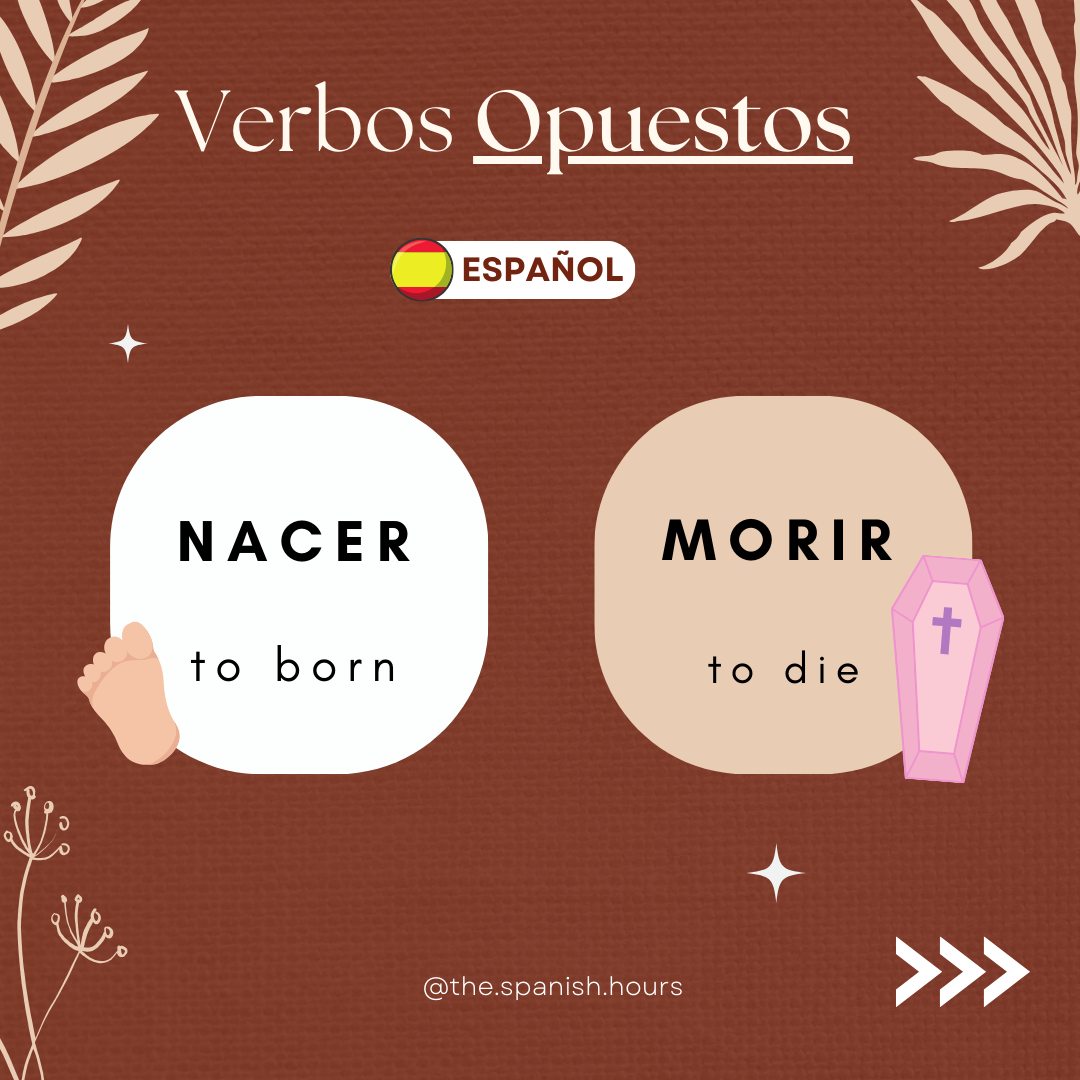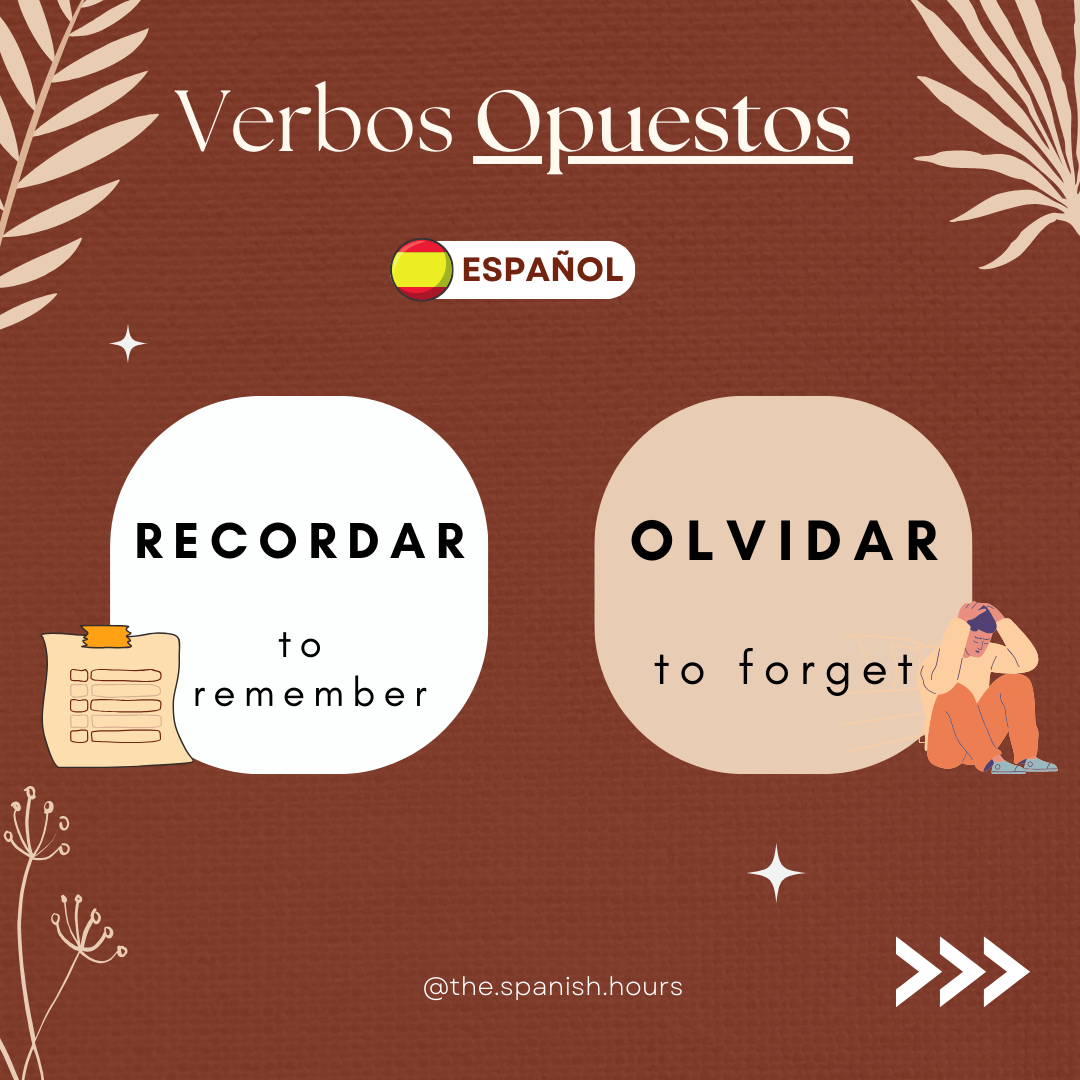1. Understanding AR, ER, and IR Verbs
In Spanish, verbs are the building blocks of communication! Every verb in its base form (infinitive) ends in -AR, -ER, or -IR. These endings determine how the verb is conjugated to match different tenses, moods, and subjects. For example:
- -AR verbs: hablar (to talk)
- -ER verbs: comer (to eat)
- -IR verbs: vivir (to live)
2. Mastering SER and ESTAR
In Spanish, SER and ESTAR both mean "to be," but they are used in different contexts. Knowing when to use each is key to speaking like a pro!
- SER is for permanent or lasting qualities, like identity, origin, time, or characteristics.
Example: Ella es doctora (She is a doctor).
- ESTAR is for temporary states or locations, like emotions, conditions, or where something is right now.
Example: Ella está en casa (She is at home).
Think of SER as the "what" of something and ESTAR as the "how" or "where." Practice makes perfect!
3. Watch Out for These Tricky Verb Pairs!
Some Spanish verbs look similar but have very different meanings or uses. These are common sources of confusion for learners—here are a few to keep an eye on:
4. Learn Spanish Verbs in Pairs with Opposites
Learning verbs in pairs of opposites is a smart way to build your vocabulary quickly and create mental images that stick. Here are some common pairs:
